1956
Tradition meets innovation at MFPA Leipzig GmbH. The former branch office of the Institute for Industrial Construction of Deutsche Bauakademie (German Construction Academy) started its work in the area of experimental research of materials including construction materials back in 1956. It was controlled by the Development Ministry and later by the Construction Ministry of the former GDR. Its goal was to develop standard construction methods, and to advance industrial construction using prefabricated components.
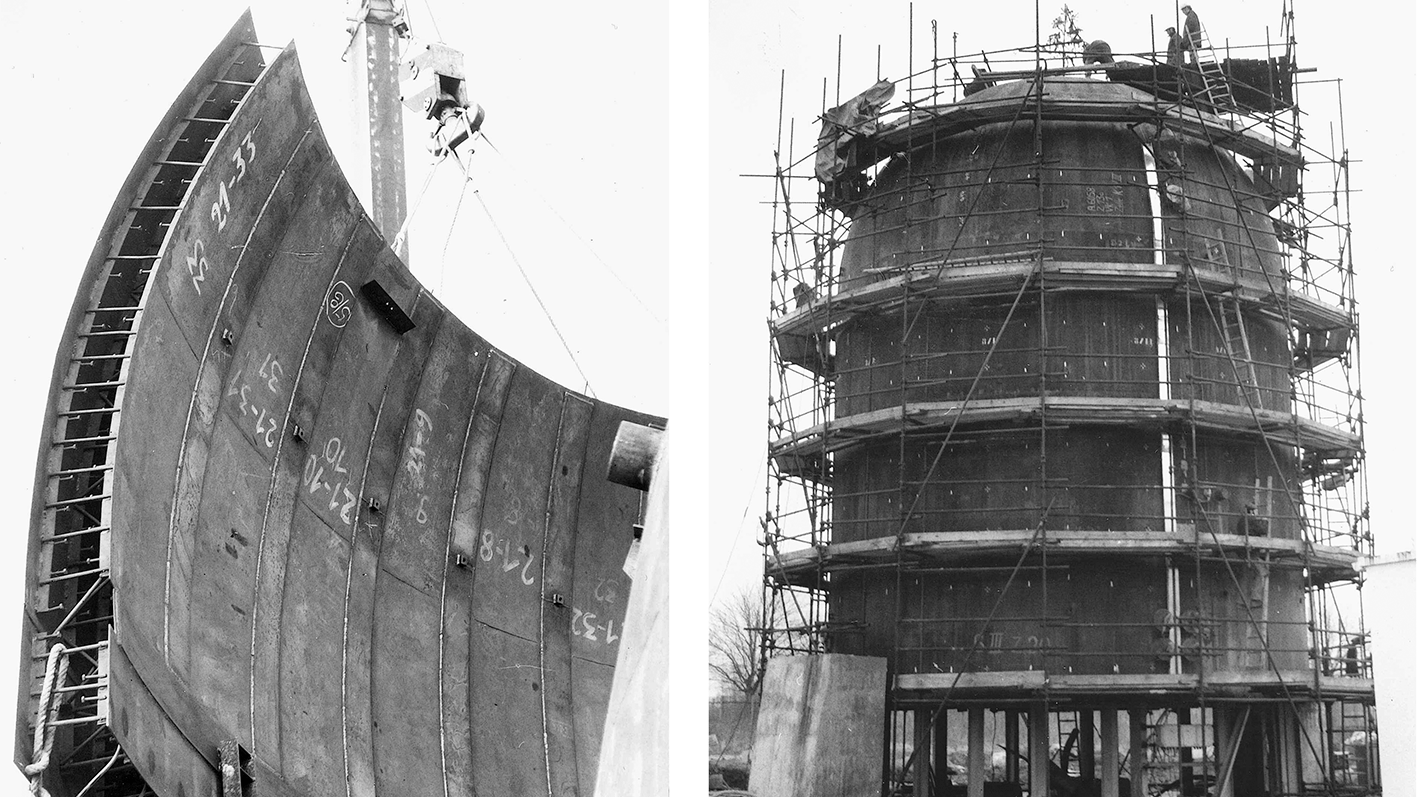
1960
Between 1960 and 1962, the institute developed its profile in the areas of structural and civil engineering and it eventually became the “Institute for Structural and Civil Engineering of the Deutsche Bauakademie”.
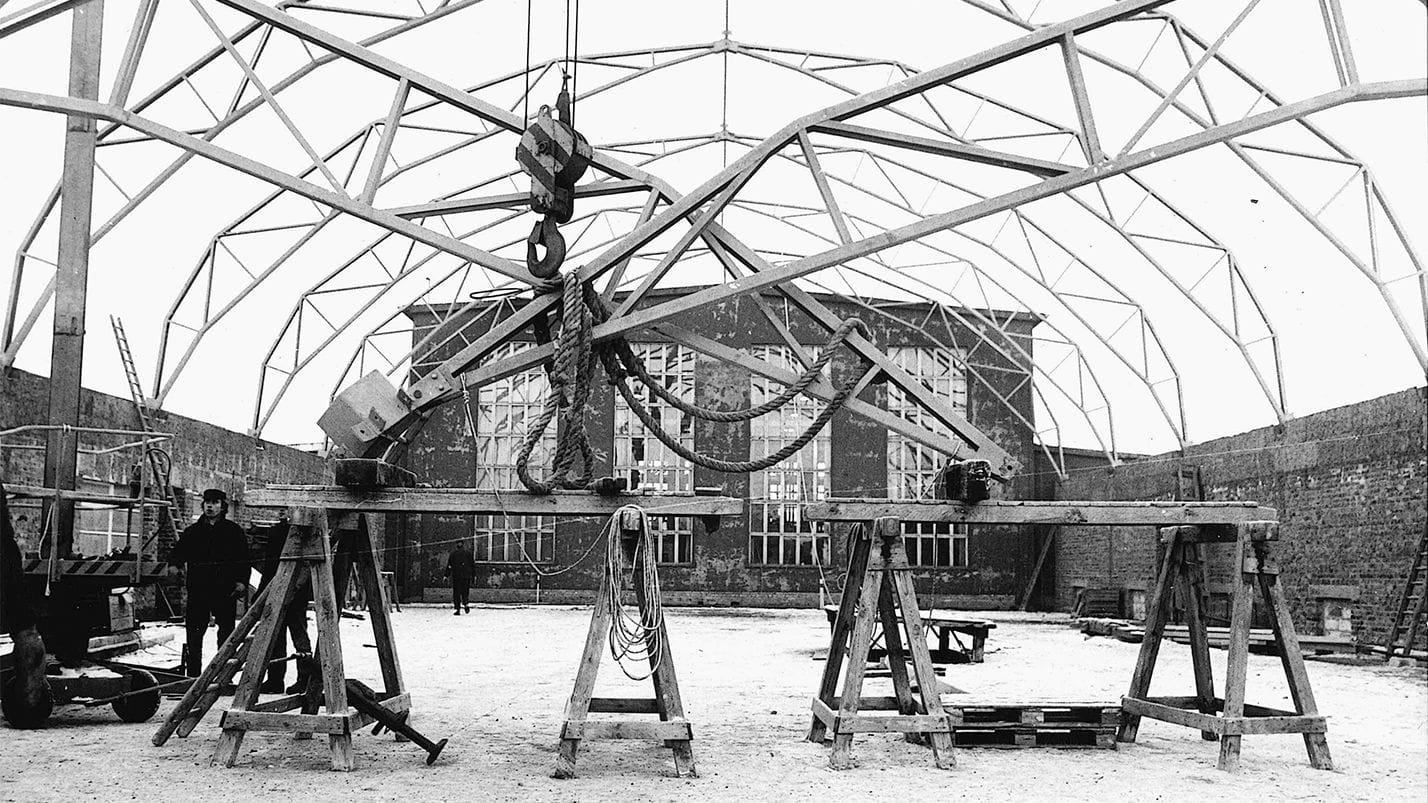
1989
By the time of the reunification in autumn 1989, the staff had gradually increased to around 350, about 80 of which worked in Engelsdorf. The Construction Academy was dissolved after the end of the GDR, and new approaches and concepts were needed.
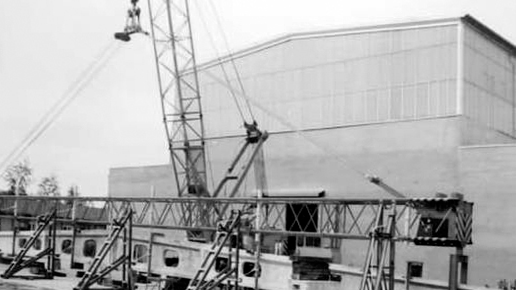
1992
MFPA Leipzig was established on 1 January 1992 as a subordinate facility of Saxony’s Ministry of Science and Art. With a staff of 130, it was the biggest construction institute in the new German states at the time. The facility comprised the following divisions: Materials, Solid Construction, Metal Construction, Testing and Measurement Technology, Constructional Fire Protection, Construction Physics, Civil Engineering and Administration. In addition, a close and fruitful cooperation emerged with the structural engineering and industrial engineering departments of Leipzig University and the Leipzig University of Applied Sciences (HWTK Leipzig)
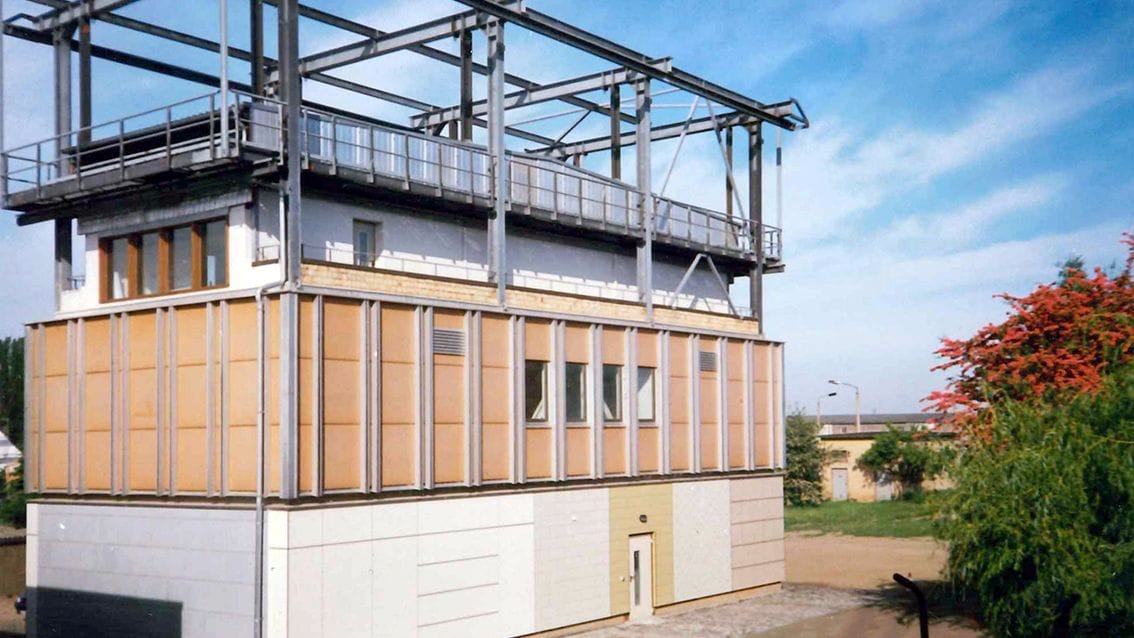
2001
After MFPA Leipzig had been transformed into an independent non-profit association in 1998, MFPA Leipzig GmbH was eventually founded in 2001. With an initial staff of 59, the company always arranged its highly specialised staff members into working groups that were assigned to business divisions. There were a number of personnel and structural changes over time, and following a “discovery phase”, the company enjoyed steady growth with regard to its turnover and number of staff members.
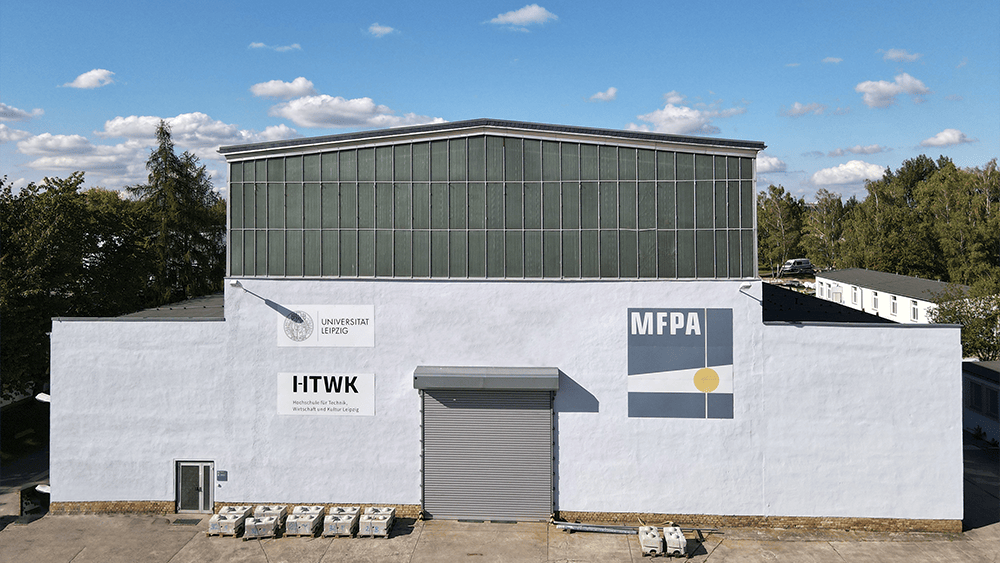
NOWADAYS
The around 130 staff members are part of 5 technical business divisions or are in charge of multi-disciplinary tasks. In 2020, the branch in Engelsdorf received the title “InnovationsPark • Bautechnik • Leipzig/Sachsen” (Structural Engineering Innovation Park Leipzig/Saxony), which was conferred through a certificate signed by Saxony’s State Minister for Science, Culture and Tourism Sebastian Gemkow, Saxony’s State Minister for Regional Development Thomas Schmidt, the Head Mayor of the City of Leipzig Burkhardt Jung and the Managing Director of MFPA Leipzig GmbH Dr. Jörg Schmidt. This was done not only to acknowledge the long tradition of the facility in the areas of research, development, assessment, monitoring and certification of materials, building products, components and methods, but also in pursuit of the objective to further strengthen the regional economy, for example through the increasingly close cooperation with HTWK Leipzig

1956
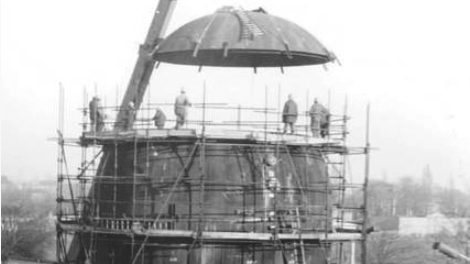
Tradition meets innovation at MFPA Leipzig GmbH. The former branch office of the Institute for Industrial Construction of Deutsche Bauakademie (German Construction Academy) started its work in the area of experimental research of materials including construction materials back in 1956. It was controlled by the Development Ministry and later by the Construction Ministry of the former GDR. Its goal was to develop standard construction methods, and to advance industrial construction using prefabricated components.
1960

Between 1960 and 1962, the institute developed its profile in the areas of structural and civil engineering and it eventually became the “Institute for Structural and Civil Engineering of the Deutsche Bauakademie”.
1989
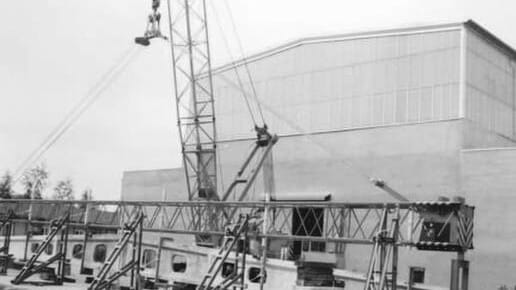
By the time of the reunification in autumn 1989, the staff had gradually increased to around 350, about 80 of which worked in Engelsdorf. The Construction Academy was dissolved after the end of the GDR, and new approaches and concepts were needed.
1992

MFPA Leipzig was established on 1 January 1992 as a subordinate facility of Saxony’s Ministry of Science and Art. With a staff of 130, it was the biggest construction institute in the new German states at the time. The facility comprised the following divisions: Materials, Solid Construction, Metal Construction, Testing and Measurement Technology, Constructional Fire Protection, Construction Physics, Civil Engineering and Administration. In addition, a close and fruitful cooperation emerged with the structural engineering and industrial engineering departments of Leipzig University and the Leipzig University of Applied Sciences (HWTK Leipzig)
2001

After MFPA Leipzig had been transformed into an independent non-profit association in 1998, MFPA Leipzig GmbH was eventually founded in 2001. With an initial staff of 59, the company always arranged its highly specialised staff members into working groups that were assigned to business divisions. There were a number of personnel and structural changes over time, and following a “discovery phase”, the company enjoyed steady growth with regard to its turnover and number of staff members.
NOWADAYS

The around 130 staff members are part of 5 technical business divisions or are in charge of multi-disciplinary tasks. In 2020, the branch in Engelsdorf received the title “InnovationsPark • Bautechnik • Leipzig/Sachsen” (Structural Engineering Innovation Park Leipzig/Saxony), which was conferred through a certificate signed by Saxony’s State Minister for Science, Culture and Tourism Sebastian Gemkow, Saxony’s State Minister for Regional Development Thomas Schmidt, the Head Mayor of the City of Leipzig Burkhardt Jung and the Managing Director of MFPA Leipzig GmbH Dr. Jörg Schmidt. This was done not only to acknowledge the long tradition of the facility in the areas of research, development, assessment, monitoring and certification of materials, building products, components and methods, but also in pursuit of the objective to further strengthen the regional economy, for example through the increasingly close cooperation with HTWK Leipzig.